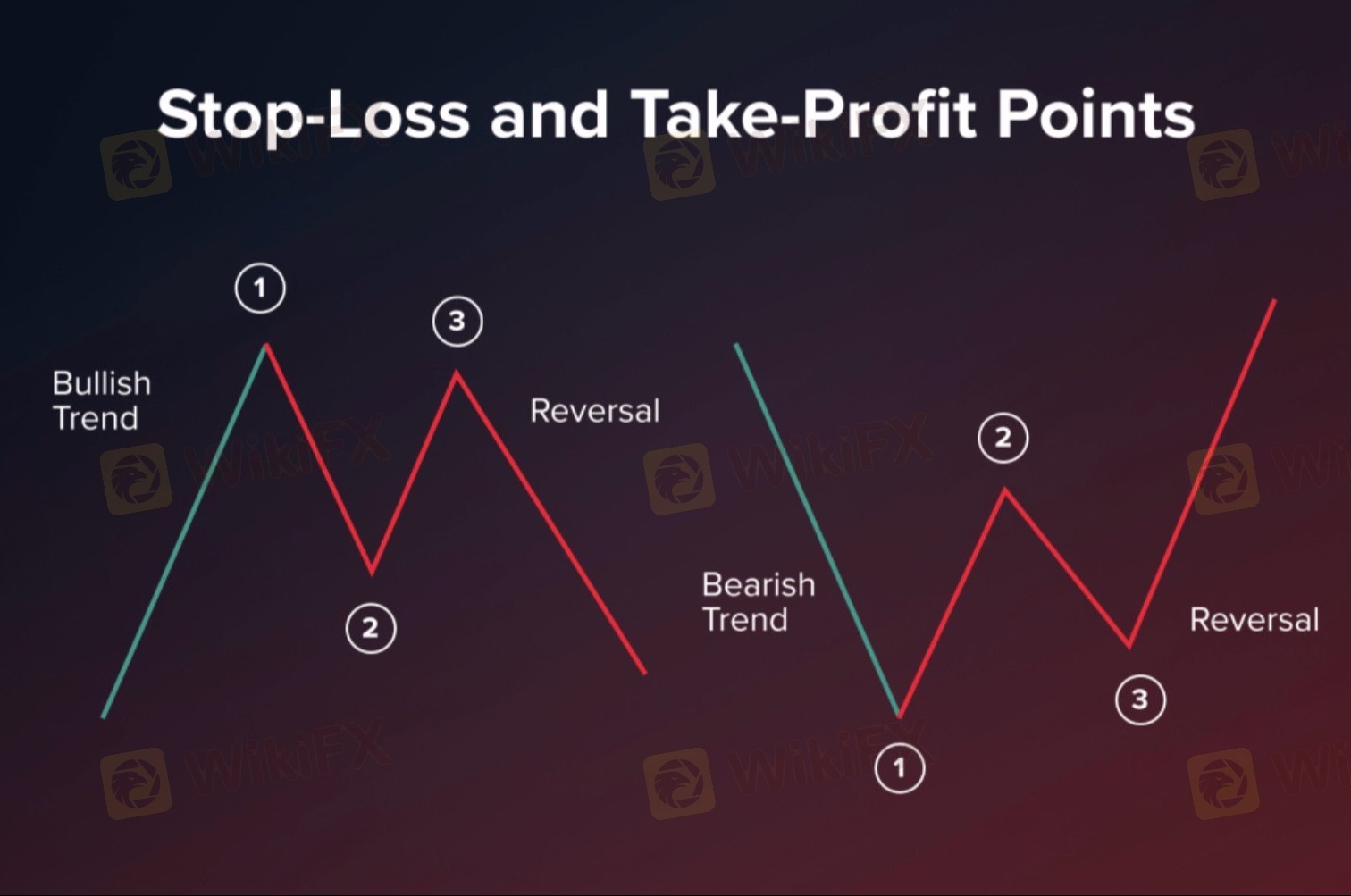
2025-02-18 01:08
IndustriAdapting risk strategies in bullish markets
#forexRiskTip
Adapting risk strategies in bullish markets is crucial for maximizing gains while protecting against potential reversals. While bullish markets present lucrative opportunities, they also carry risks of overexposure and complacency. Here’s how to adjust risk strategies effectively:
Risks in Bullish Markets:
1. Overconfidence and Complacency: Traders may become overconfident, leading to larger positions, increased leverage, and neglect of risk management rules.
2. Sharp Corrections and Reversals: Bull markets are prone to sudden corrections or profit-taking, resulting in rapid declines.
3. Overvaluation and Bubbles: Extended bullish trends can lead to overvaluation, increasing the risk of sharp price adjustments.
4. Crowded Trades and Herd Behavior: Following the crowd can lead to crowded trades, increasing volatility when sentiment shifts.
Adapting Risk Strategies for Bullish Markets:
1. Adjust Position Sizing: Gradually increase position sizes to capitalize on upward momentum, but avoid overleveraging. Maintain a balanced approach to protect against sudden reversals.
2. Trailing Stop-Loss Orders: Use trailing stops to lock in profits as prices rise, ensuring gains are protected while allowing for continued upside.
3. Take Partial Profits: Secure profits incrementally by selling portions of winning positions at predetermined price targets. This helps reduce risk exposure while maintaining upside potential.
4. Diversification Across Sectors: Diversify investments across different sectors to reduce systematic risk and avoid overexposure to a single market trend.
5. Hedging Strategies: Use hedging instruments like options (e.g., protective puts) or inverse ETFs to protect gains against potential pullbacks.
6. Risk-Reward Ratio Adjustment: In bullish markets, slightly adjust risk-reward ratios to capitalize on upward trends, but maintain discipline in risk management.
7. Stay Informed on Macroeconomic Events: Monitor macroeconomic indicators (e.g., interest rates, inflation) that can influence bullish trends, allowing for proactive risk adjustments.
8. Cautious Leverage Use: If using leverage, do so conservatively to amplify gains without risking significant losses during corrections.
9. Sentiment Analysis: Monitor market sentiment indicators, such as the VIX (Volatility Index) or put/call ratios, to gauge over-optimism and prepare for potential pullbacks.
10. Regular Review and Adaptation: Continuously review and adjust the risk strategy based on evolving market conditions and personal risk tolerance.
Would you like help setting up trailing stops or guidance on using hedging strategies effectively in bullish markets?
Suka 0
FX2786310992
ブローカー
Diskusi populer
Industri
СЕКРЕТ ЖЕНСКОГО ФОРЕКСА
Industri
УКРАИНА СОБИРАЕТСЯ СТАТЬ ЛИДЕРОМ НА РЫНКЕ NFT
Industri
Alasan Investasi Bodong Tumbuh Subur di Indonesia
Industri
Forex Eropa EURUSD 29 Maret: Berusaha Naik dari Terendah 4 Bulan
Analisis pasar
Bursa Asia Kebakaran, Eh... IHSG Ikut-ikutan
Analisis pasar
Kinerja BUMN Karya Disinggung Dahlan Iskan, Sahamnya Pada Rontok
Klasifikasi pasar

Platform

Pameran

Agen

Perekrutan

EA

Industri

Pasar

Indeks
Adapting risk strategies in bullish markets
 India | 2025-02-18 01:08
India | 2025-02-18 01:08#forexRiskTip
Adapting risk strategies in bullish markets is crucial for maximizing gains while protecting against potential reversals. While bullish markets present lucrative opportunities, they also carry risks of overexposure and complacency. Here’s how to adjust risk strategies effectively:
Risks in Bullish Markets:
1. Overconfidence and Complacency: Traders may become overconfident, leading to larger positions, increased leverage, and neglect of risk management rules.
2. Sharp Corrections and Reversals: Bull markets are prone to sudden corrections or profit-taking, resulting in rapid declines.
3. Overvaluation and Bubbles: Extended bullish trends can lead to overvaluation, increasing the risk of sharp price adjustments.
4. Crowded Trades and Herd Behavior: Following the crowd can lead to crowded trades, increasing volatility when sentiment shifts.
Adapting Risk Strategies for Bullish Markets:
1. Adjust Position Sizing: Gradually increase position sizes to capitalize on upward momentum, but avoid overleveraging. Maintain a balanced approach to protect against sudden reversals.
2. Trailing Stop-Loss Orders: Use trailing stops to lock in profits as prices rise, ensuring gains are protected while allowing for continued upside.
3. Take Partial Profits: Secure profits incrementally by selling portions of winning positions at predetermined price targets. This helps reduce risk exposure while maintaining upside potential.
4. Diversification Across Sectors: Diversify investments across different sectors to reduce systematic risk and avoid overexposure to a single market trend.
5. Hedging Strategies: Use hedging instruments like options (e.g., protective puts) or inverse ETFs to protect gains against potential pullbacks.
6. Risk-Reward Ratio Adjustment: In bullish markets, slightly adjust risk-reward ratios to capitalize on upward trends, but maintain discipline in risk management.
7. Stay Informed on Macroeconomic Events: Monitor macroeconomic indicators (e.g., interest rates, inflation) that can influence bullish trends, allowing for proactive risk adjustments.
8. Cautious Leverage Use: If using leverage, do so conservatively to amplify gains without risking significant losses during corrections.
9. Sentiment Analysis: Monitor market sentiment indicators, such as the VIX (Volatility Index) or put/call ratios, to gauge over-optimism and prepare for potential pullbacks.
10. Regular Review and Adaptation: Continuously review and adjust the risk strategy based on evolving market conditions and personal risk tolerance.
Would you like help setting up trailing stops or guidance on using hedging strategies effectively in bullish markets?
Suka 0
Saya juga ingin komentar
Tanyakan pertanyaan
0Komentar

Belum ada yang berkomentar, segera jadi yang pertama

Tanyakan pertanyaan
Belum ada yang berkomentar, segera jadi yang pertama